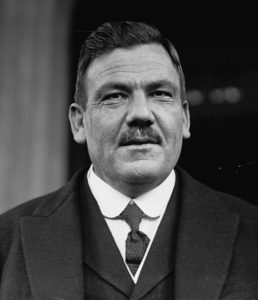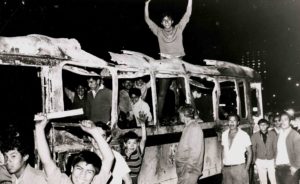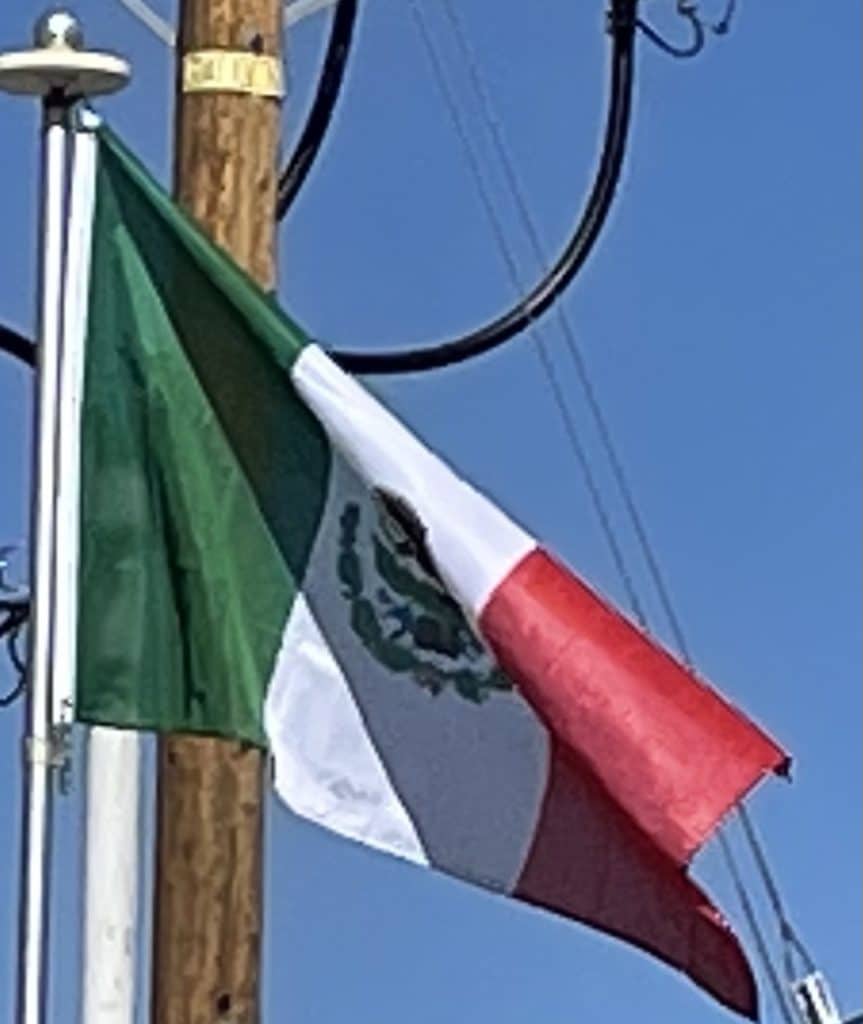
Despite not holding the presidency, Calles remained the key political figure during the period known as the Maximato (1929-1934). The Maximato ended during the presidency of Lázaro Cárdenas, who expelled Calles from the country and implemented many economic and social reforms. This included the Mexican oil expropriation in March 1938, which nationalized the U.S. and Anglo-Dutch oil company known as the Mexican Eagle Petroleum Company. This movement would result in the creation of the state-owned Mexican oil company Pemex. This sparked a diplomatic crisis with the countries whose citizens had lost businesses by Cárdenas’s radical measure, but since then the company has played an important role in the economic development of Mexico. Cárdenas’s successor, Manuel Ávila Camacho (1940-1946) was more moderate, and relations between the U.S. and Mexico vastly improved during World War II, when Mexico was a significant ally, providing manpower and materiel to aid the war effort.
From 1946 the election of Miguel Alemán, the first civilian president in the post-revolutionary period, Mexico embarked on an aggressive program of economic development, known as the Mexican miracle, which was characterized by industrialization, urbanization, and the increase of inequality in Mexico between urban and rural areas. With robust economic growth, Mexico sought to showcase it to the world by hosting the 1968 Summer Olympics. The government poured huge resources into building new facilities. At the same time, there was political unrest by university students and others with those expenditures, while their own circumstances were difficult. Demonstrations in central Mexico City went on for weeks before the planned opening of the games, with the government of Gustavo Díaz Ordaz cracking down. The culmination was the Tlatelolco Massacre, which claimed the lives of around 300 protesters based on conservative estimates and perhaps as many as 800.

Luis Echeverría, Minister of the Interior under Díaz Ordaz, carrying out the repression during the Olympics, was elected president in 1970. His government had to contend with mistrust of Mexicans and increasing economic problems. He instituted some with electoral reforms. Echeverría chose José López Portillo as his successor in 1976. Economic problems worsened in his early term, then massive reserves of petroleum were located off Mexico’s Gulf Coast. Pemex did not have the capacity to develop these reserves itself, and brought in foreign firms. Oil prices had been high because of OPEC’s lock on oil production, and López Portilla borrowed money from foreign banks for current spending to fund social programs. Those foreign banks were happy to lend to Mexico because the oil reserves were enormous and future revenues were collateral for loans denominated in U.S. dollars. When the price of oil dropped, Mexico’s economy collapsed in the 1982 Crisis. Interest rates soared, the peso devalued, and unable to pay loans, the government defaulted on its debt. President Miguel de la Madrid (1982–88) resorted to currency devaluations which in turn sparked inflation.
In the 1980s the first cracks emerged in the PRI’s complete political dominance. In Baja California, the PAN candidate was elected as governor. When De la Madrid chose Carlos Salinas de Gortari as the candidate for the PRI, and therefore a foregone presidential victor, Cuauhtémoc Cárdenas, son of former President Lázaro Cárdenas, broke with the PRI and challenged Salinas in the 1988 elections. In 1988 there was massive electoral fraud, with results showing that Salinas had won the election by the narrowest percentage ever. There were massive protests in Mexico City to the stolen election. Salinas took the oath of office on 1 December 1988. In 1990 the PRI was famously described by Mario Vargas Llosa as the “perfect dictatorship”, but by then there had been major challenges to the PRI’s hegemony.
